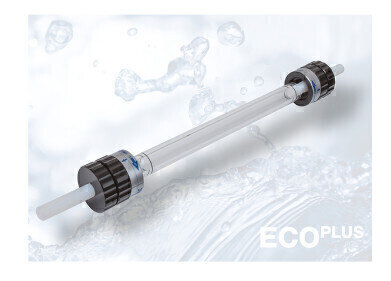Bioanalytical
Comparing Meerkats? — Chromatography Can Help
Oct 30 2017
As mammals, we use various methods to communicate with each other — we don’t have to rely on talking to get our point across. One of the least understood — and one that humans probably least consider — is our sense of smell. But how do researchers go about sampling and testing olfactory samples?
A team of researchers in Germany have published a paper describing a new method that could help researchers collect smells emitted by animals in the wild. The paper, in the journal Methods in Ecology and Evolution — A non-invasive method for sampling the body odour of mammals — compares the chemical profiles of odours emanating from two different groups of meerkats. Compare the meerkats indeed.
Olfactory communication — more than bread and coffee
Olfactory communication is much more than baking bread and brewing fresh coffee when you are trying to sell your house. Humans recognise thousands of different smells, and our sense of smell is even as sensitive as a dog’s olfactory sensitivity for some odours. Smell is also key to how we taste food and drink too — with smell being responsible for most of the tastes we enjoy.
In the animal world, the sense of smell is key to communication. Animals use smell to convey information about their sex and identity, and whether they would make a good mate. So, if animal behaviourists want to understand animals and why they do what they do — they need to know all there is to know about animal smells.
Sampling smells
One of the difficulties for animal behaviour researchers is getting good samples of the odours and chemical signals that animals use to signal with their kin. In the research referenced above, the team from the Max Planck Institute for Evolutionary Anthropology at the University of Leipzig utilised a method commonly used in plant studies to allow the capture of an animal’s chemical signals.
The method uses thermal desorption tubes to collect the air around an animal which was then analysed using gas chromatography-mass spectrometry to determine the composition of the sampled odour. The use of GC to analyse volatile samples is the subject of the article, A New Method for Fast Residual Solvents Analysis and Untargeted Unknown Identification Faster Sample Throughput and Shorter GC Runtimes Using GC-VUV and Static Headspace.
The researchers tried the method on meerkats in two different zoos — Zoo Leipzig and at the University of Zurich. The samples were taken with various parameters changed to check the stability of the method and how different factors can affect the samples. But using the method, the team could detect differences between the two meerkat groups. They suggest that the method would be suitable for use in the wild as a non-invasive sampling method to help answer some of the questions about animals — their behaviour and their kin.
Probably not a meerkat comparison you’ll see on a TV near you.
Events
Jan 20 2025 Amsterdam, Netherlands
Feb 03 2025 Dubai, UAE
Feb 05 2025 Guangzhou, China
Mar 01 2025 Boston, MA, USA
Mar 04 2025 Berlin, Germany













